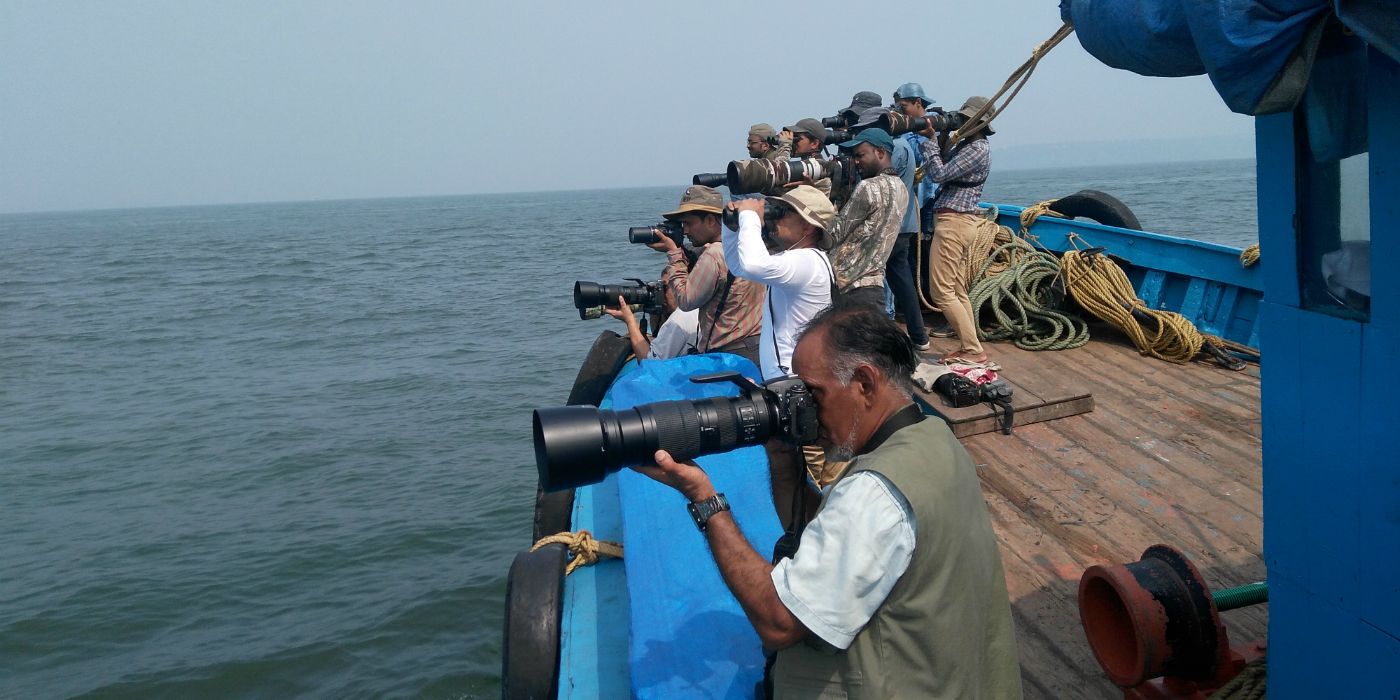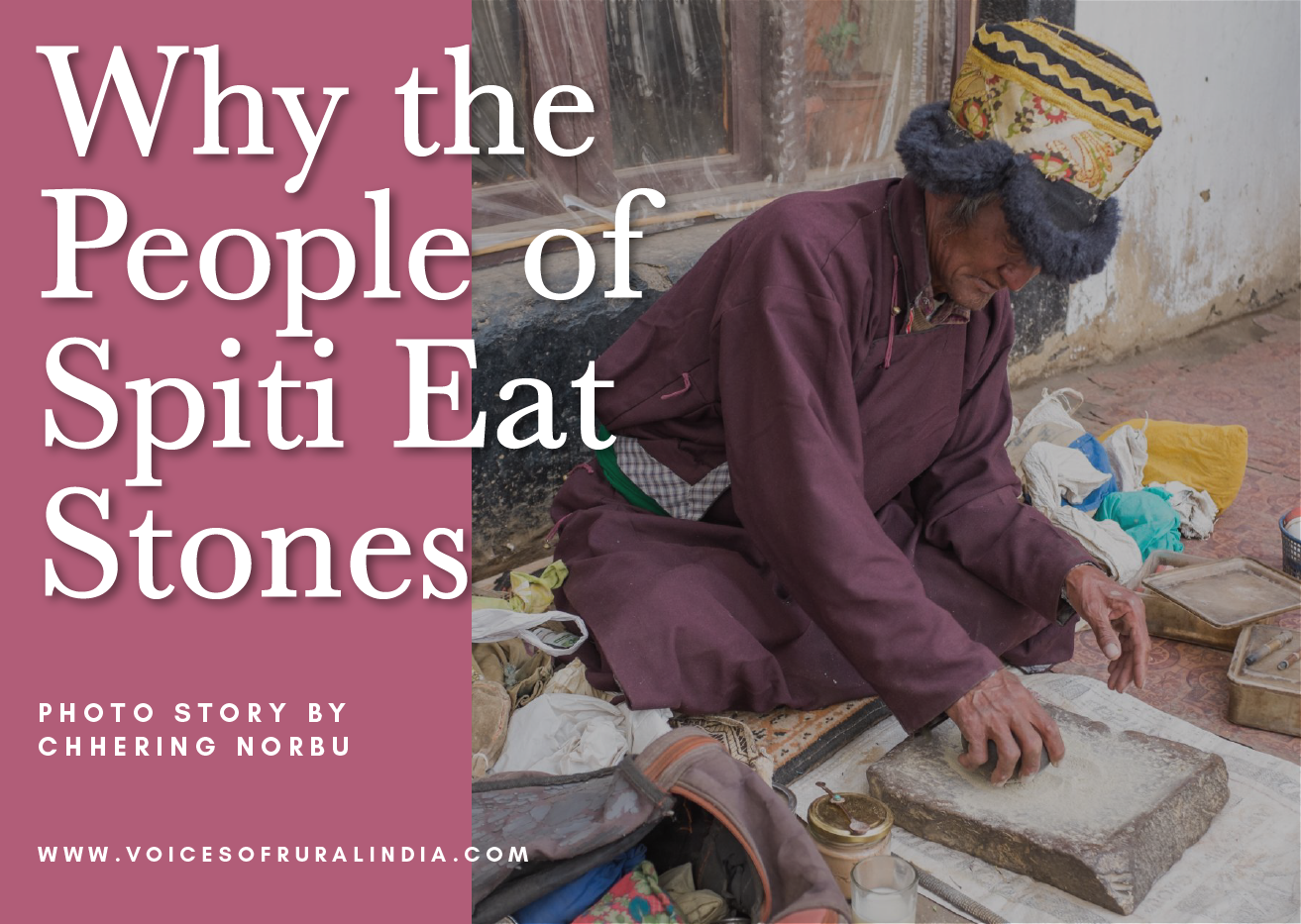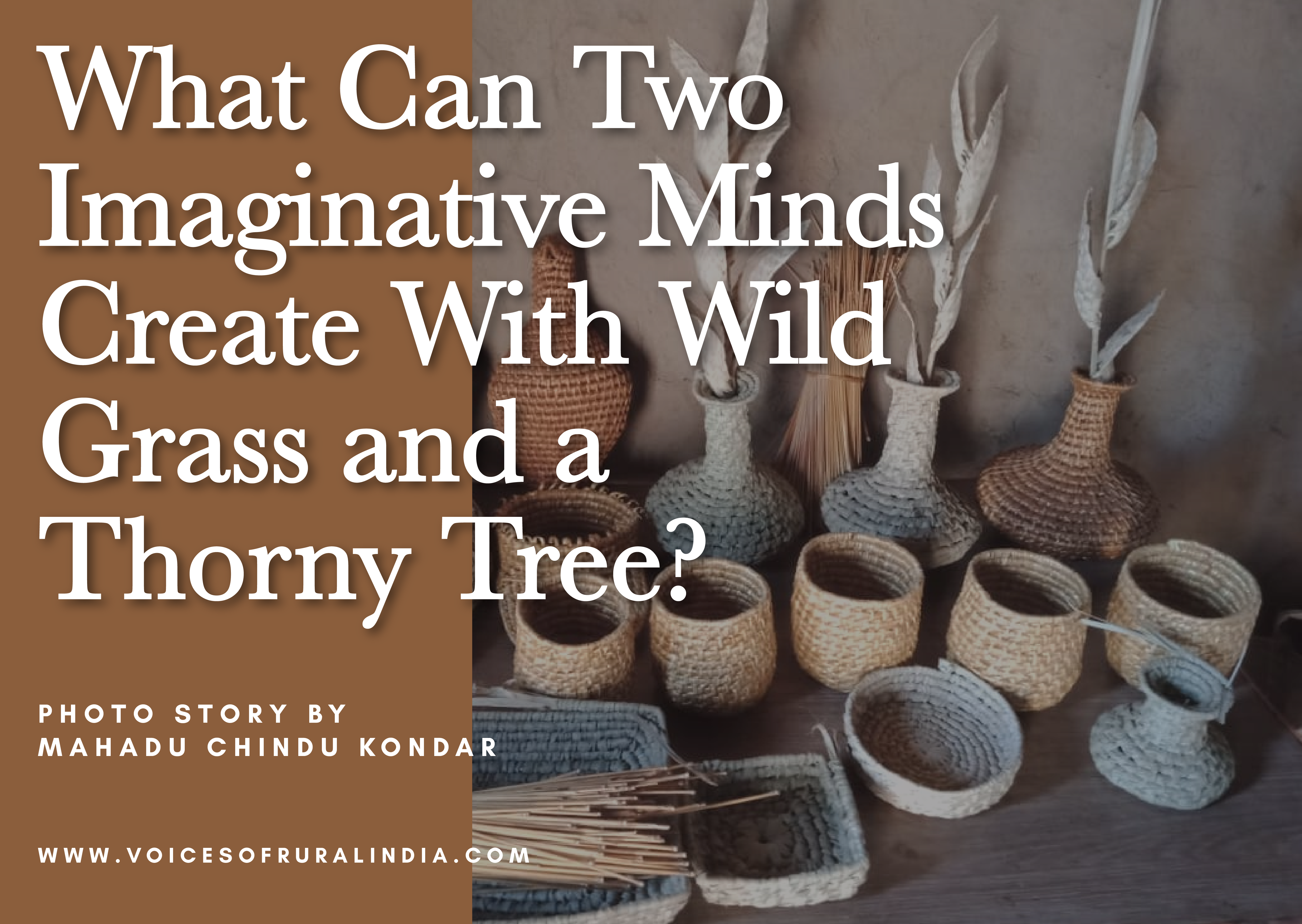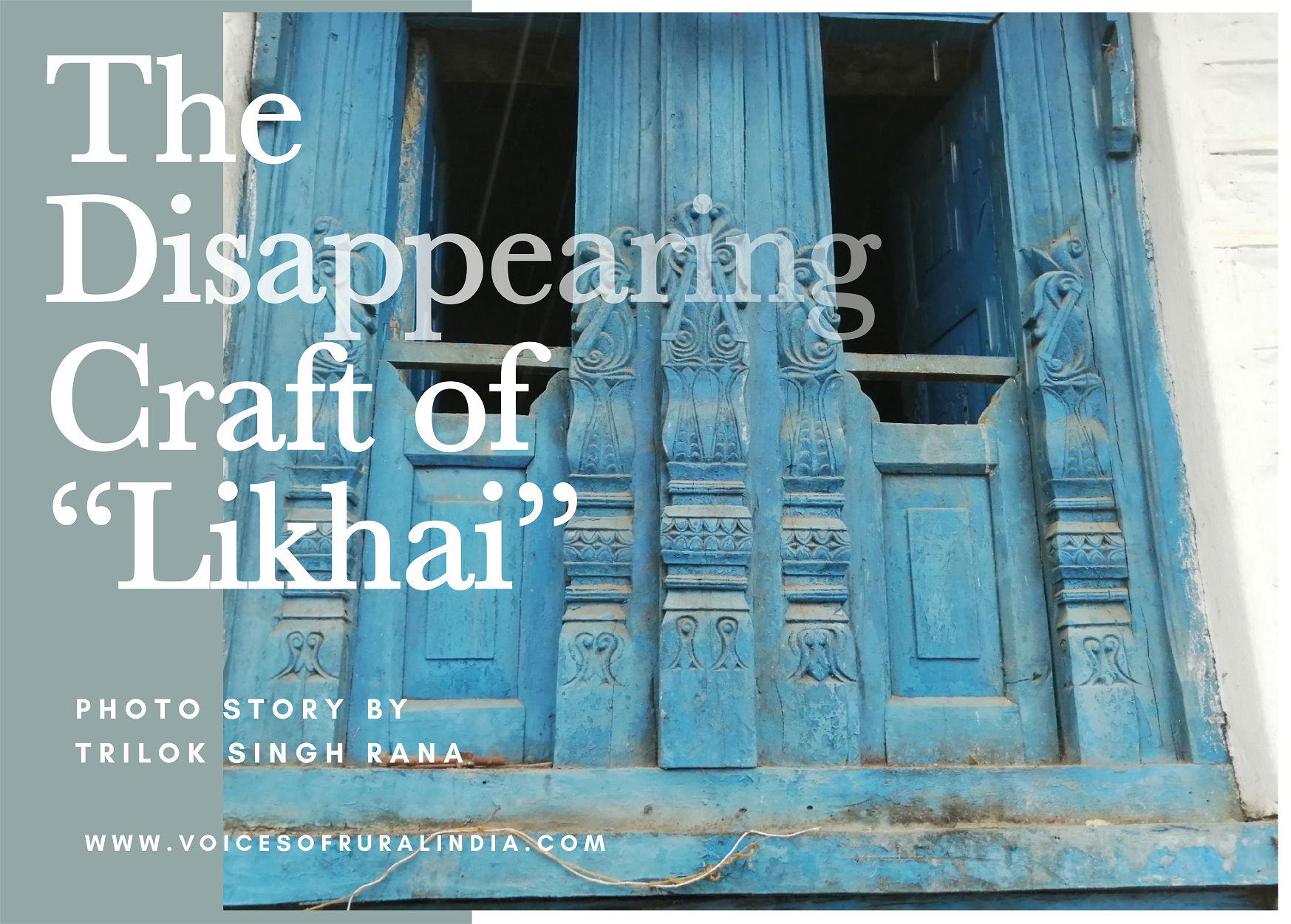
Homestay and small hotel owners and experiential tours providers—how to tell a story of your work through photographs
In our age of social media, photographs are a vital tool for Responsible Tourism practitioners to reach out to the right audience. A good photograph can capture what you stand for and what you offer. In short, photographs can explain all there is to know about your homestay, walking tour or food experience without having to even resort to words. Here’s a quick intro to what you need to keep in mind when you try your hand at image-based story-telling:
Curate images to tell a story
Curate a set of 8-12 images that cover key aspects of what your enterprise offers. Put them together to tell its story the way you want to. Make sure one of the set is a ‘hero’ image—a single still that captures the essence of your enterprise. Make sure you caption your images carefully, for captions help direct the viewer’s interpretation.
Workable vs. good images
Whether an image is good or bad is subjective—a matter of individual perspective. So when assessing an image, it is more useful to think in terms of a ‘workable’ image. A workable image is one that has elements that make the common place stand out. Elements like a fleeting or an unguarded moment, a still that evokes curiosity or surprise, transform the mundane into the extraordinary.

This photograph from Camp Monk (above) shows the sense of ease of those enjoying the outdoors with great company and the camp chair and camper vehicle all communicate outdoor camping.
Ethics of Photography
1. When taking photographs of places and people make sure you respect their space, maintain distance and position yourself in a way that allows you to capture a good image in a non-intrusive manner. Respecting people’s space helps them to trust and welcome you.
2. Legal specifications are not discussed often in the context of photography, but government stipulations do not allow the featuring of those under 18 in magazines and newspapers.
The Holy Trinity - Light, Action and Angle
1. Light is one of the most vital factors in getting a workable image.
2. When to use a flash? If you were shooting portraits in harsh light, then flash would help to fill in the shadow areas such as under the eyes. Choose the size of camera, use of flash and time of day after carefully considering them against the subject you are shooting. For example, shooting in a crowded lane may require a large flash, but that would entail a large camera making you conspicuous and lessening the chances of being able to mingle freely to capture candid moments of people in that lane.
3. Capturing fleeting moments with a good composition is a challenge, hence preparation is key when shooting moving subjects. If you have the opportunity to anticipate an action then you can position yourself in preparation and compose the image in advance. A slow shutter speed helps to capture the action. Also consider revisiting a place or subject where you captured the action. It might yield serendipitous finds.
4. Pay attention to backgrounds when composing an image. Simple backgrounds that are not too busy or layered help retain focus on the central subject of the image.
5. A novel angle or perspective can introduce interest into what might be an oft-seen image.
6. Avoid over editing images using filters and tools.
(Adapted from a workshop conducted by Anindito Mukherjee, Photojournalist and regular contributor to Reuters and Bloomberg, during IRTA Summit 2019)






